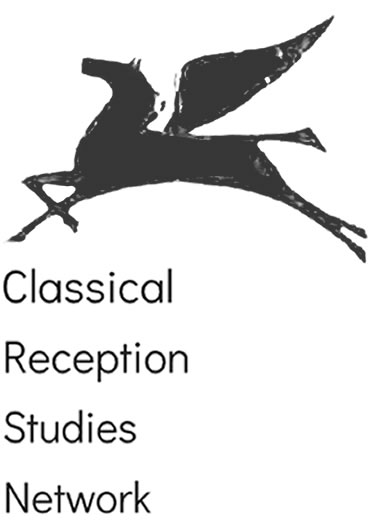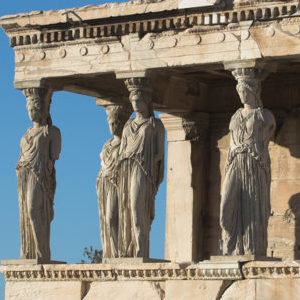The Classical Reception Studies Network was set up in 2004 as part of a project set up by Professor Lorna Hardwick, funded by the Arts and Humanities Research Council and the British Academy. Since Lorna’s retirement she remains active in the field, and here shares some thoughts with us:

I’m often asked about how and when I got involved in classical reception research. The short answer is that in the early 1990s a group of students made me think about how The Iliad and The Odyssey had maintained a Homeric voice in 20th century poetry, especially in that of WW1.
In one sense I’d always been doing what is now called ‘reception’ analysis because, when I was trained as an ancient historian, the first problems that we were asked to think about involved the intersections and contrasts between the (modern) questions that we wanted to ask of the Greek and Roman evidence and the ancient concepts that were embedded in it. However, the promptings of my students made me pay more attention to the art forms, emotions and lived experience underlying the ideas in the texts. I had to think more deeply about the roles of the ancient and modern poets, their audiences and their interpreters, what they added or marginalised in the material from myth and from text that they were dealing with, how they were also affected by what had gone in between and how subsequent readers read the texts with hindsight.
That gave me a framework for approaching other tricky issues and since those early days I’ve become more ambitious in probing what classics/ancient history and classical reception research and practice can contribute to the Big Picture cross-disciplinary questions – such as how past and present are viewed through each other, how traditions form and mutate and communicate with one another, how cultural memory is shaped. The continuities and repressions that are revealed in reception analysis reverberate far beyond the texts and images of Greece and Rome and I sometimes wish that classicists and ancient historians would be bolder in recuperating the presence of antiquity on the global stage. To do that does require courage in moving beyond our own comfort zones, in being prepared to listen to others and learn from them. This is exhilarating as well as hard work! It is no accident that so much classical reception teaching and research is now collaborative (as shown by the CRSN itself).
 There are challenges, too, in looking at the multiple ways in which awareness of antiquity has been acquired and disseminated. This may be less through direct knowledge of the texts themselves but rather at several removes – people imbibe the idea that Homer is a ‘poet of war’ without reading the Iliad. So that is changing how we define and respond to core questions such as ‘what’s classical about classical receptions?’
There are challenges, too, in looking at the multiple ways in which awareness of antiquity has been acquired and disseminated. This may be less through direct knowledge of the texts themselves but rather at several removes – people imbibe the idea that Homer is a ‘poet of war’ without reading the Iliad. So that is changing how we define and respond to core questions such as ‘what’s classical about classical receptions?’
There are also huge implications in the agency of technologies and media that didn’t exist in antiquity – printing, graphics, radio, TV, film (from art film to blockbusters), digital. Over the centuries all these have extended the range of people who can engage with antiquity and also changed how they form their perceptions. I’m grappling with some of these questions at the moment as I’m preparing a second edition of my 2003 New Surveys in the Classics: Reception Studies.

